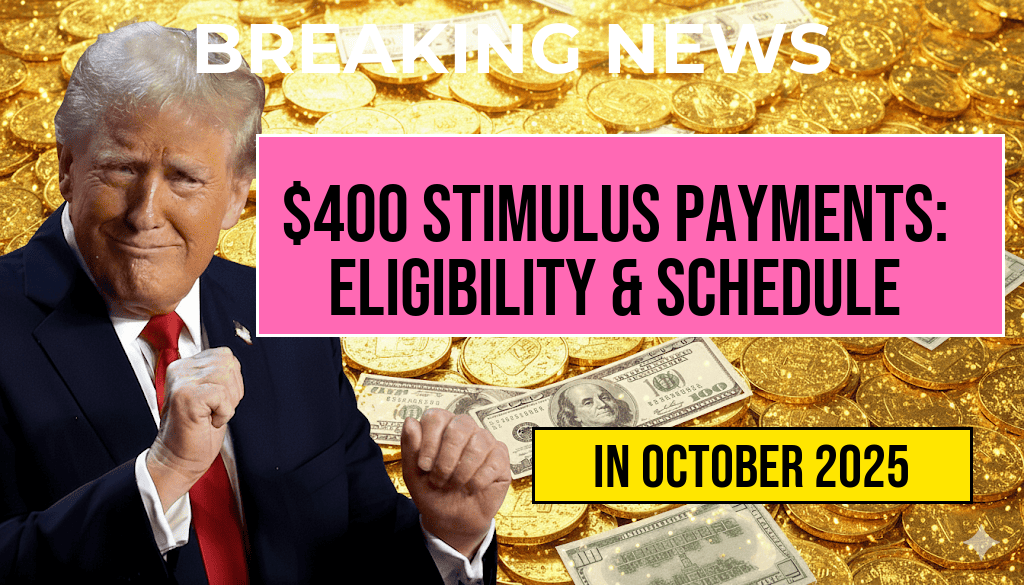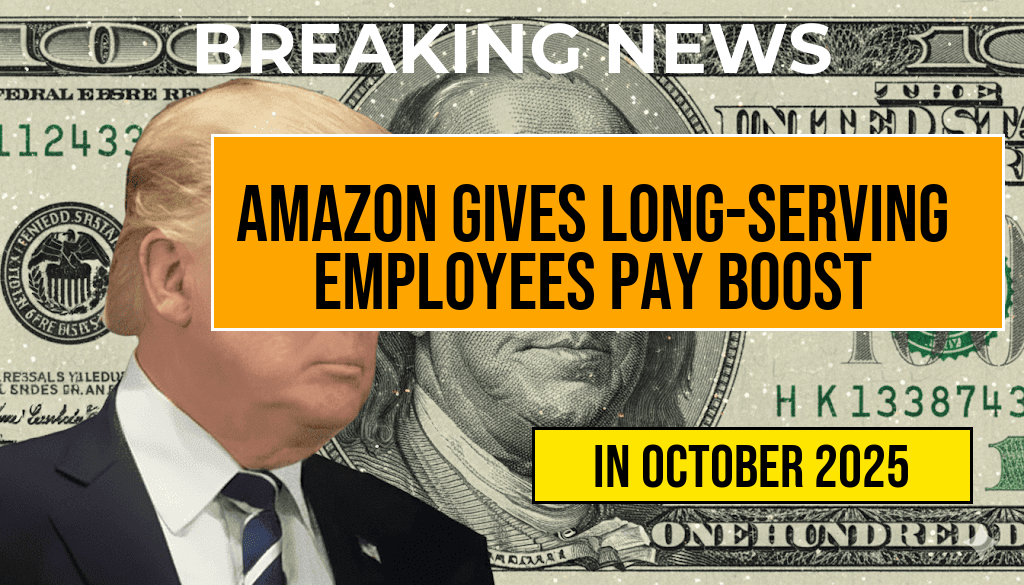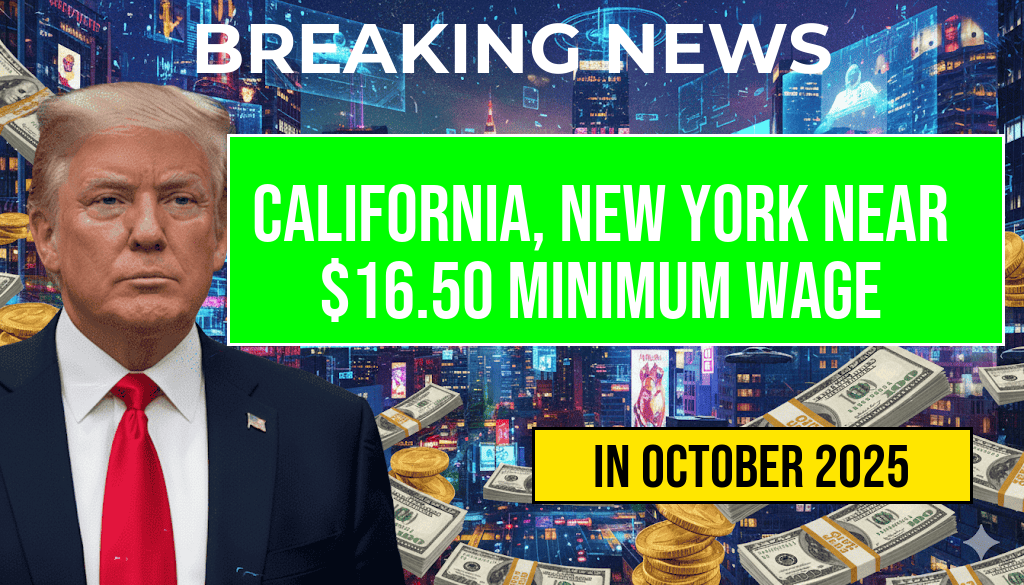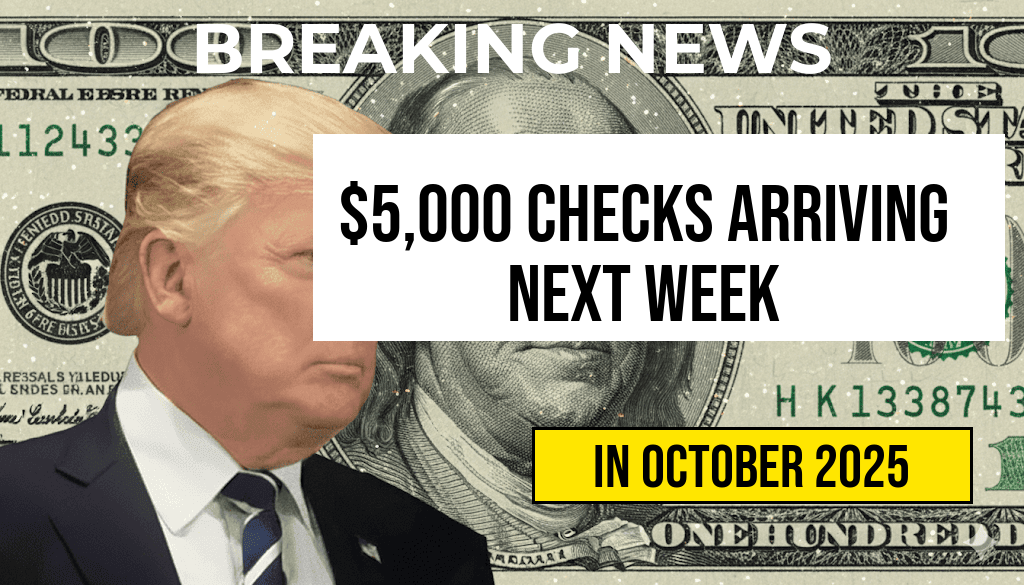A new federal stimulus program has been announced, offering $400 in direct payments to eligible individuals across the United States. This initiative aims to provide financial relief amid ongoing economic challenges, with payments scheduled to begin in the coming months. Unlike previous stimulus efforts, this round emphasizes broad eligibility criteria, making it accessible to a larger segment of the population. The program details, including eligibility requirements and payment timelines, have been clarified by federal officials, ensuring transparency and ease of access for recipients. The payments are designed to help cover essential expenses such as housing, utilities, and groceries, providing immediate financial support during a period of economic recovery. This article outlines the key facts about the $400 stimulus payment, who qualifies, when payments will be issued, and how recipients can confirm their eligibility.
Eligibility Criteria for the $400 Stimulus Payment
General Requirements
- Residency: Applicants must be U.S. residents, with proof of residency in the state or territory where they are applying.
- Income Limits: The program primarily targets low- to middle-income households. Eligibility is typically capped at a household income of $75,000 for individuals and $150,000 for married couples filing jointly.
- Filing Status: Taxpayers who filed their 2022 federal tax returns or have registered through the designated portal are eligible.
- Age Requirement: Recipients must be at least 18 years old at the time of application.
- Dependents: Payments are generally directed to individual filers; however, some states may include additional benefits for dependents.
Additional Considerations
- Individuals receiving other federal benefits such as Social Security or unemployment benefits are also eligible, provided they meet the income and residency criteria.
- Applicants must not be incarcerated at the time of payment distribution.
- Persons with prior felony convictions may face restrictions depending on state-specific laws.
Complete Payment Schedule and Distribution Method
Payment Timeline
| Application Period | Payment Distribution Dates | Notes |
|---|---|---|
| June 1 – June 15, 2024 | July 10 – July 20, 2024 | Initial payments for early applicants. |
| June 16 – July 15, 2024 | August 1 – August 15, 2024 | Additional payments processed as applications are verified. |
| July 16 – August 31, 2024 | September 1 – September 15, 2024 | Final batch of payments for late applicants. |
Distribution Channels
Eligible individuals can receive their $400 payments via several methods, depending on their registration preferences:
- Direct Deposit: Funds transferred directly to bank accounts registered with the IRS or state agencies.
- Prepaid Debit Cards: Mailed to recipients unable to provide banking information.
- Check Payments: Mailed directly to the address provided during registration.
Recipients are encouraged to verify their banking details and mailing addresses through official portals to avoid delays. For more information on the payment process, visit the IRS website.
How to Confirm Eligibility and Apply
Registration Process
Most eligible individuals will be automatically enrolled through recent tax filings or existing government databases. However, those who did not file taxes or want to ensure their eligibility should visit the designated application portal. The federal government provides a dedicated application website where applicants can check their status, update information, or submit new applications.
Required Documentation
- Valid identification, such as a driver’s license or state ID.
- Proof of income, if applicable.
- Bank routing and account numbers for direct deposit registration.
- Current mailing address and contact information.
Important Tips
- Applicants should avoid third-party scams by only using official government portals.
- Regular updates will be posted on official websites to inform about processing delays or issues.
- Individuals should ensure their contact information is current to receive notifications about their payments.
Additional Resources and Support
For further guidance, residents can consult the U.S. government benefits page or contact local assistance programs. State agencies may also have specific criteria or supplemental aid programs related to the stimulus initiative. Staying informed through official channels ensures recipients receive timely payments and avoid potential scams.
Frequently Asked Questions
Question
Who is eligible to receive the $400 stimulus payment?
Individuals eligible for the $400 stimulus payment include residents who meet specific income and filing requirements, such as filing a tax return for the relevant year and earning below the specified income thresholds.
Question
How can I apply or receive the $400 stimulus payment?
The payment is typically automatically delivered through direct deposit or mailed checks, based on the taxpayer’s existing payment information. No additional application is usually required.
Question
What is the payment schedule for the $400 stimulus?
The complete payment schedule outlines specific dates when eligible recipients will receive their stimulus payments, often staggered based on filing dates or other criteria.
Question
Are there any exclusions or limitations for the $400 stimulus?
Yes, certain groups such as high-income earners, non-residents, or individuals who did not file recent tax returns may be excluded from receiving the stimulus payments.
Question
Can I claim the $400 stimulus payment if I missed the initial distribution?
In some cases, eligible individuals who missed the initial distribution may be able to claim the payment through a recovery or filing process, depending on the guidelines provided by the authorities.







